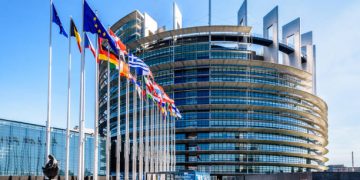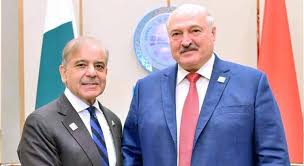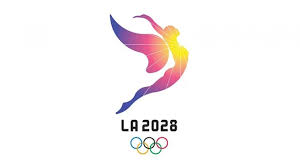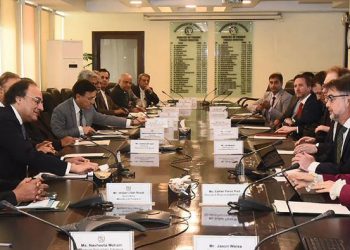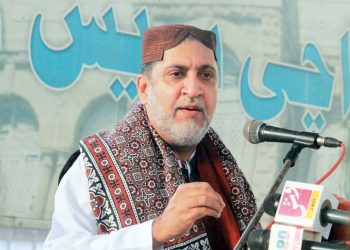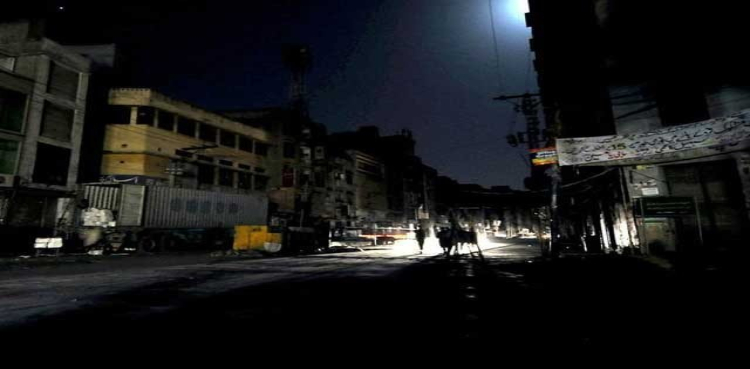KARACHI: Higher inflationary pressures, currency depreciation, energy crisis and a widening current account deficit has pushed the State Bank of Pakistan to raise the interest rate by 125 basis points to 15%, the highest ever in the country’s history.
The new rates were announced by State Bank of Pakistan Governor Dr Murtaza Syed during a news conference in Karachi.
“Like most of the world, Pakistan is facing a large negative income shock from high inflation and necessary but difficult increases in utility prices and taxes,” the bank’s monetary policy committee noted.0 seconds of 0 secondsVolume 0%
“Without decisive macroeconomic adjustments,” it said, there is a “significant risk of substantially worse outcomes that would compromise price stability, financial stability and growth.”
This could take the form of runaway inflation, foreign exchange reserve depletion and the need for sudden and aggressive tightening actions later that would be significantly more disruptive for economic activity and employment.
“Adjustment is difficult but necessary in Pakistan, as it is all over the world,” the committee said, adding that in the interest of social stability, the burden of this adjustment must be shared equitably across the population, by ensuring that the relatively well-off absorb most of the increase in utility prices and taxes while well-targeted and adequate assistance is provided to the more vulnerable.
The policy note issued by the State Bank said that the rates come in the wake of three encouraging economic developments at the policy level.
These include the reversal of the unsustainable energy subsidy package and fiscal budget centered on strong fiscal consolidation.
This, the note said, has “paved the way for completion of the on-going review of the IMF program, which will ensure that tail risks associated with meeting Pakistan’s external financing needs are averted.”
Second, a $2.3 billion commercial loan from China has helped provide support to foreign exchange reserves, which had been falling since January due to current account pressures, external debt repayments and paucity of fresh foreign inflows.
Third, economic activity remains robust, with the momentum of the last two years of near six percent growth carrying into the start of fiscal year 2022-23. As a result, Pakistan faces a significantly lower trade-off between growth and inflation than many countries where the post-Covid recovery has not been as vigorous.







